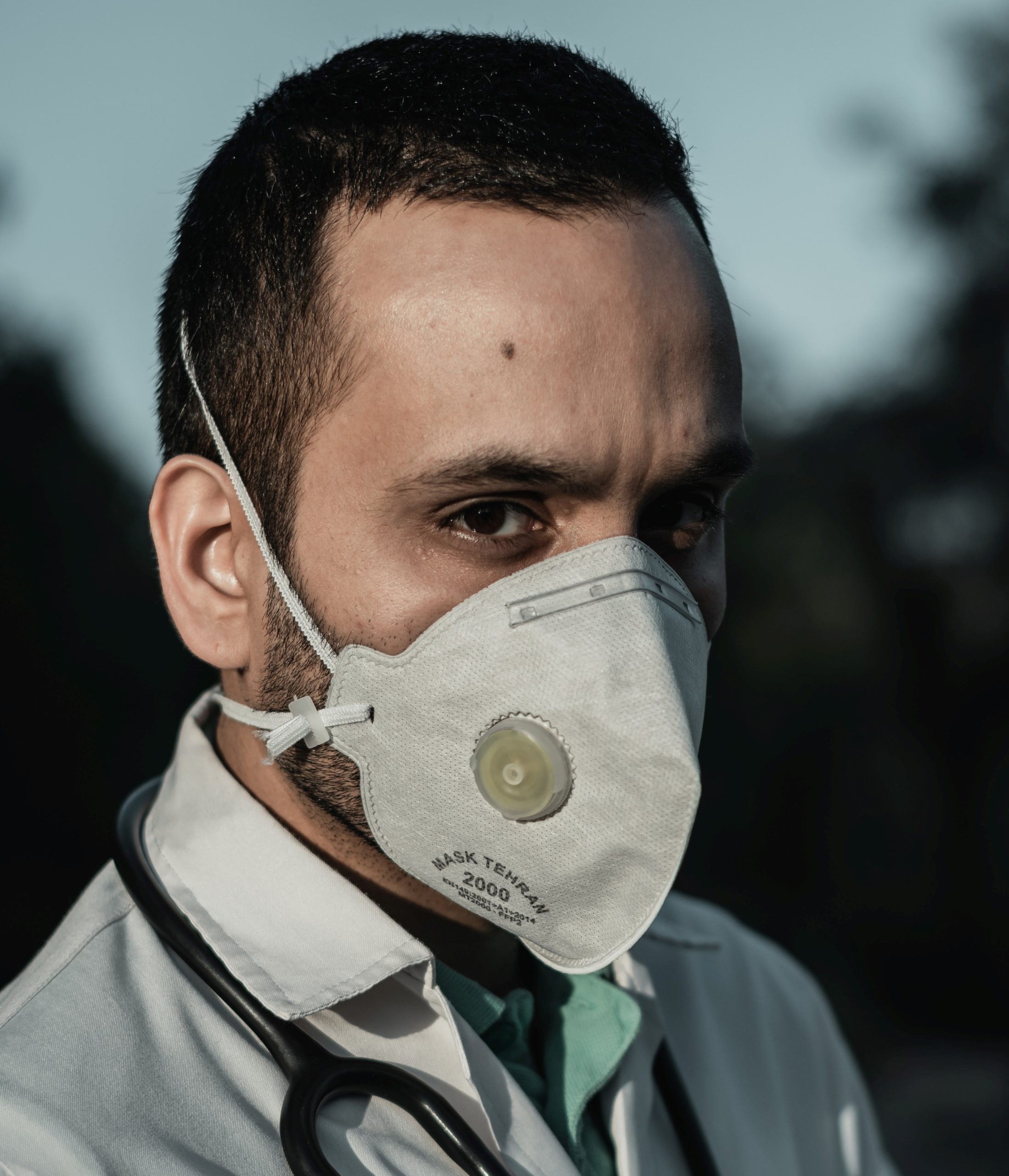כ״ד אדר ה׳תש״פ | March 19, 2020
Can I Wear a Face Mask on Shabbos?
Many have started wearing face masks on the street as a precaution against coronavirus. Is one allowed to wear it on Shabbos? Rabbi Michoel Lerner answers the question.

Many have started wearing face masks on the street as a precaution against coronavirus. Is one allowed to wear it on Shabbos? Rabbi Michoel Lerner answers the question.
Rabbi Michoel Lerner for Anash.org
Recently, many individuals have started wearing a mask over their mouth/nose. As well, there are medical professionals who are required to wear it. This article will address the issue of wearing the mask on Shabbos, in an area where there is no eruv.
Before we begin, it is interesting to note that the Tzemach Tzedek already mentions the concept of wearing a mask. In a responsa (Shut OC #110 (#93) in regards to fasting on Tisha beAv during the Cholera epidemic in the year 5608, the Tzemach Tzedek writes:
“Someone who wishes to fast [specifically] in a locale where the sickness is not strong Chas vesholom, should be advised and cautioned not to leave one’s house an entire day, and he should be required to wear a small piece of cloth around his nose and mouth, together with a bit of peppermint”.
Introduction
In regards to wearing the mask on Shabbos, we need to first introduce the general rules when one is permitted to wear an item on Shabbos. There are two categories of items, which one is permitted to wear: Malbush/Clothing and Tachshit/Jewelry. Any item which falls under one of these categories, is permitted to wear on Shabbos min hatorah.
However, miderabonon some of these items are ossur to wear. One of main the concerns of Chazal were items that can easily fall off. They were concerned that if it were indeed to fall off, one would inadvertently by instinct, pick them up and carry them.
[There are other concerns as well, however they are not applicable in this case].
Therefore, in addressing any specific item, two steps need to be determined:
1) It has the halachic status of a malbush or a tachshit, thus permitting it to be carried min hatorah.
2) It does not easily become loose, thus permitting it miderabonon.
Mask on Shabbos
It would seem that a mask fulfills both requirements. The mask aims to protect the wearer from contracting a potential virus. This is similar to the status of the malbush mentioned in halacha, which serves to protect the wearer’s body from possible damage or pain.
Furthermore, the mask may possibly have the status of a tachshit as well. Although the word tachshit literally means jewelry, in the halachos of hotzaah on Shabbos, it has a broader interpretation. Items which provide healing and medical benefit are placed under the umbrella status of a tachshit. (The understanding behind this broad interpretation, is beyond the scope of this article).
Typically, this includes items which actually provide healing. A mask does not provide healing, rather it is preventative. However, there is a type of tachshit mentioned in the Gemara, which is somewhat similar to our discussion. The Gemara (Shabbos Daf 57b) permits the wearing of a charm packet used to prevent a potential Ayin hara from the wearer. In a similar vein, the mask can possibly fit into this category, since it is used to ward off a virus from contacting the person.
Conclusion
Based on the above, the mask definitely meets the qualifications of a malbush and possibly a tachshit as well. Thereby permitting it min hatorah. In regards to the concern that Chazal had with items that can possibly fall and cause one to inadvertently carry, this does not apply to a mask which is strapped on firmly with straps.
As well, if it somehow does fall down on the ground, its hygienic potential would seemingly be lost and therefore a person would not necessarily pick it back up.
May Hashem grant us all with complete health and those who need a recovery should have a רפואה שלימה וקרובה.
מקורות: שו”ע אדה”ז או”ח סימן שא, סעיפים: יוד, יח, כה, לד. שם סימן שג, סעיפים יז ויח. נשמת אברהם (מהדו”ב) סימן שא, סי”ג ס”ק ו. ופסק”ת סימן שא, ציונים בהערה 138 (גם המחמירים בנידון שם, יתירו בנדו”ד מכיון שהוא בגדר מלבוש)


Regarding calling it a tachshit because of medical properties, it might be important to note that most masks don’t really help to stop a person from catching what’s in the air from someone else, (unless they have a filter mask, which most people don’t have), and their main use is to stop a person from potentially spreading germs that he may be carrying.
I don’t know if this would actually make a difference lehalacha, being that there’s the sevara of malbush, but if the heter is based on the sevara of tachshit, then this heter might have to be rexamined
According to my research, even those masks help the wearer to some degree.
If it would not help out all, there would be an issue even with the sevora of Malbush.
Kol tuv
Is it not similar to reading glasses that we are machmir because it might become uncomfortable
Reading glasses might not even be considered a Malbush. Since one has no need for them, when walking outside.
I still don’t understand why were not afraid one will pull it down under their chin
Does it matter if one’s locality requires/recommends wearing a face mask/covering? Some stores/places won’t let you inside without them, although we ordinarily wouldn’t be shopping on Shabbas anyway. It would seem to me if something on your body fell to the ground, if you picked it up & put it back on, you wouldn’t have carried anything yet…
No. It would be muttar to wear it in other localities as well.
FYI see a follow up article on this discussion:
https://anash.org/is-wearing-masks-allowed-on-shabbos/
Correction:
The Tzemach Tzedek is actually not referring to a mask. The TT uses the word קאמפער, which the new edition of the TT, published by Kehos, translates as a piece of garment. However this is incorrect. The correct translation is “camphor” (e.g. https://translate.google.com/#view=home&op=translate&sl=auto&tl=en&text=%D7%A7%D7%9E%D7%A4%D7%95%D7%A8), which is actually a sort of remedy (e.g. https://www.britannica.com/science/menthol).
Thank you to R’ Nochum Zajac for pointing this out.
In the conclusion you make the point that “if it somehow does fall down on the ground, its hygienic potential would seemingly be lost and therefore a person would not necessarily pick it back up.”
This would seem to be relevant only to disposable masks. With regards to wearing reusable ones, however (which are washed and reused), if we are concerned it may fall off, the person will almost certainly not leave it on the floor (being that it’s expensive), and at the same time, would not put it back on. He would therefore likely carry it. (This is assuming we are concerned it may fall off, which may not be a concern for masks.)
Also, there is another concern (שוע”ר סי’ שא ס”ג) that the person may remove the garment while in the street. Would this apply in the case of wearing a mask? (It may get a bit hard to breathe, too hot etc.)
Those are seemingly valid points.
In regards to the second concern, of a person removing it while in the street, it seems that most times, people just pull it down from their mouth. See the end of this follow up article on that issue:
https://anash.org/is-wearing-masks-allowed-on-shabbos/